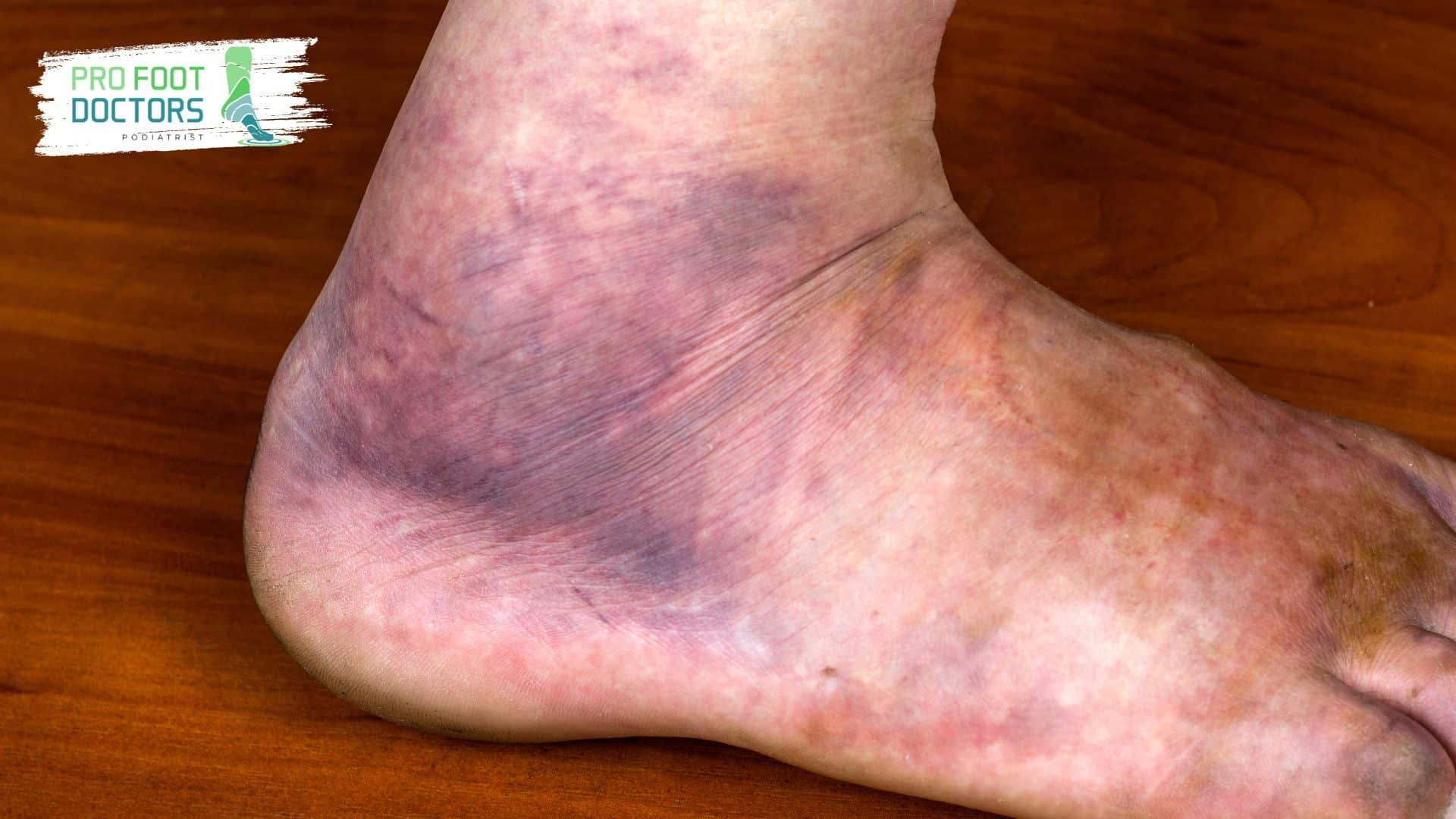A sprained ankle is a rather common injury that many people experience. It is usually considered nothing to worry about; in certain instances, it can be a serious issue that needs to be checked and treated by professionals.
Now, you must be wondering, how do I know if my ankle sprain is serious? That is a common concern as well. In this article, we will explain that in great detail so that you know when it is time to call your healthcare provider and get the required help to heal your ankle as quickly as possible.
How Does An Ankle Sprain?
A sprain in the ankle represents an injury to the ligaments, which can happen to a person at any age. There are different ligaments in the ankle, and an injury to any one of them can lead to a sprain.
For instance, the lateral ligaments, including the ATFL, CFL, and PTFL, can get injured and cause a sprain. This is in fact the most common type of ankle sprain, particularly because these ligaments are situated towards the outside of the ankle.
The reasons behind the onset of the sprain can include sports injuries which can happen due to running or jumping, as well as falling accidentally on steps or when walking on an uneven surface, which can cause the foot to twist suddenly.
Some individuals can also get a sprained ankle from wearing inappropriate footwear that does not offer enough support or has very high heels without proper structure, leading to one rolling or twisting their ankle due to instability.

When To Seek Medical Attention
Since these are very common, many people wonder at what point should you go to the doctor for a sprained ankle. How would you even know if your injury is bad enough to require professional help?
In order to identify when you need to seek medical attention to fix your ankle sprain, it is important to note how the sprain occurred and pay attention to the symptoms.
Although the symptoms are common in almost all cases of ankle spraining, the severity of the symptoms can help you determine ‘when should I seek medical attention for a sprained ankle?’. Look out for the following symptoms:
Extreme Pain and Numbness:
Pain and swelling are the most common symptoms of a sprained ankle. However, if the intensity of your pain and swelling is too extreme and does not subside within 24 to 48 hours, you must consult a medical professional.
A tingling feeling, on the other hand, may or may not be experienced by everyone, so if you continue to experience this or numbness, consult your doctor immediately.
Bruising, Misalignment, Inability To Be Stable:
When you sprain your ankle, you can have little bruising and find it challenging to stand with stability. However, if these conditions do not seem to be getting better in a couple of days, they require medical attention.
Similarly, if your feet cannot support your weight, leading you to stumble as you walk, seeking medical advice is essential. Moreover, if your ankle seems deformed, going to a doctor is a must.

Stages Of A Sprained Ankle
Did you know that an ankle sprain has many stages? From mild to moderate and severe, there are three distinct stages of an ankle strain that need to be diagnosed by a professional to determine the course of treatment.
However, in this section, we will learn what are the stages of a bad sprained ankle? as it will help you identify if you need to get medical help.
Grade 1:
Grade 1 of a sprained ankle is considered the mildest form of the sprain. This grade of the sprain usually reflects a very mild stretch or tiny tear of the ligament, which can cause some amount of main and very little swelling.
In this grade of spraining, the patient should not experience any kind of instability in their joints and should be able to completely recover within a couple of weeks when proper care is taken.
Grade 2:
The second grade of spraining your ankle is known as the moderate grade, which means that your ligament has torn partially.
In this kind of sprain, recovery can take between three weeks to six weeks based on the course of the treatment and the patient’s response to the treatment, and in this case, you can experience moderate levels of pain, swelling, some bruises, as well as instability of joints.
Grade 3:
This is the most severe case of sprained ankle which occurs when the ligament has completely torn due to a major injury. The key symptoms of this sprain grade include extreme pain and swelling in the ankle, as well as a considerable level of bruising and major instability when standing or attempting to walk.
If a person suffers from such a sprain, they can take several weeks or even months to recover and may even need to get comprehensive treatments such as surgery and physical therapy to recover.
The severity of the sprain can vary based on how the injury occurred. However, it is essential to note that resting is key to recovering quickly. So, if you have been wondering if it is okay to walk on a sprained ankle, make sure you consult with your medical consultant to know if the case is so, and if you can, how much walking is allowed.
Too much walking can cause unnecessary strain on the ligaments which can worsen the injury. At the same time, during recovery, some level of walking may be recommended to strengthen the ligaments again.

Conclusion
A sprained ankle can lead to a lot of mobility challenges and pose a significant danger to the person suffering from it if they fail to properly care for the injury. Seeking medical attention may not be the requirement every time, but in case you feel extreme symptoms as mentioned above, medical care is absolutely necessary as it would prevent you from worsening the condition due to improper treatment.


